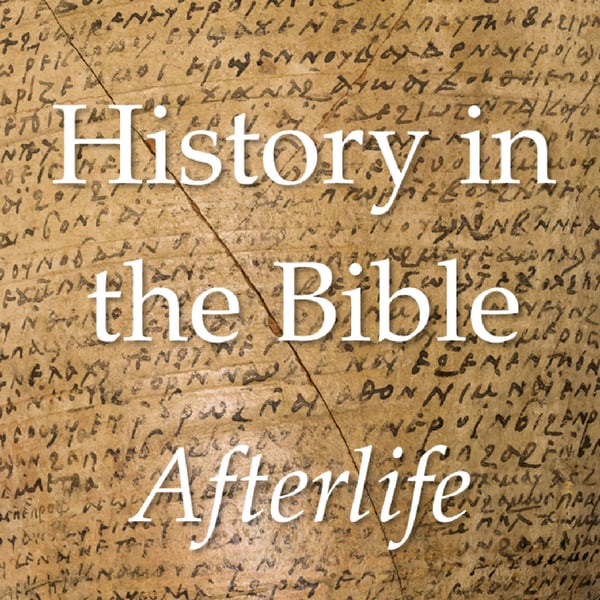1.7 Writing the Pentateuch
History in the Bible
Garry Stevens
4.6 • 693 Ratings
🗓️ 7 June 2015
⏱️ 25 minutes
🧾️ Download transcript
Summary
Work by scholars from the late 19th century had established that five sources lay behind the Pentateuch. They came to be known by letters: J, E, P, and D. These theories were a mainstay of biblical studies until recently. Although questioned in the past 20 years, the theory known as the Documentary Hypothesis is still accounted a firm starting place for any sort of examination of the text of the Pentateuch. I also find out why the Bible is divided into chapters and verses.
Transcript
Click on a timestamp to play from that location
| 0:00.0 | Hello, I'm Gary Stevens, and welcome to the History in the Bible podcast. |
| 0:24.8 | All the history, in all the books, in all the Bibles. |
| 0:44.7 | Thank you. Episode 1.7, Writing the Pentateuch. |
| 0:57.0 | In episode 1.3, I talked about how Johann Salomo Semler founded what we now call the historical criticism of the Bible, sometimes also known as higher criticism. This discipline is dedicated to unraveling the origins of the many biblical texts, |
| 1:02.0 | to understanding how the history of the Israelites drove the formation of the Bible. |
| 1:07.0 | For some devout Christians and Jews, the entire enterprise is deeply suspect, if not outrageous. |
| 1:14.4 | Moses wrote the Torah or the Pentateuch, the prophet Jeremiah wrote the book of the same name, |
| 1:19.3 | and so on. What is there to study? |
| 1:23.3 | Semler thought that there were many problems, and so did Julius Velhousen, a Christian German theologian, |
| 1:29.5 | who wrote his most influential works in the last quarter of the 19th century. |
| 1:34.2 | Although his theories have been modified and attacked, reformulated and repudiated, |
| 1:39.7 | Wellhausen's ideas still permeate all of biblical scholarship a century after his death. |
| 1:45.5 | Even if you disagree with every word he said, you are nonetheless compelled to engage with his arguments. |
| 1:52.5 | Valhousen tackled the Penterchick, the five books of Moses. |
| 1:57.0 | Valhousen felt that there were so many inconsistencies and duplications in the biblical texts |
| 2:01.7 | that it was inconceivable that a single author was behind them. |
| 2:06.3 | There are three versions of the Ten Commandments in Exodus 20, Exodus 34 and Deuteronomy 5. |
| 2:13.1 | There are two creation stories, two stories of the flood to name but many. |
| 2:19.9 | He formulated what is now known as the documentary hypothesis, which argue that four great traditions or schools had contributed |
| 2:25.7 | to those books, not one single author, Moses, but four independent narratives that were later |
| 2:32.3 | combined into the books we have today. |
| 2:35.3 | Each author retold many of the same stories from their own point of view. |
... |
Please login to see the full transcript.
Disclaimer: The podcast and artwork embedded on this page are from Garry Stevens, and are the property of its owner and not affiliated with or endorsed by Tapesearch.
Generated transcripts are the property of Garry Stevens and are distributed freely under the Fair Use doctrine. Transcripts generated by Tapesearch are not guaranteed to be accurate.
Copyright © Tapesearch 2025.

